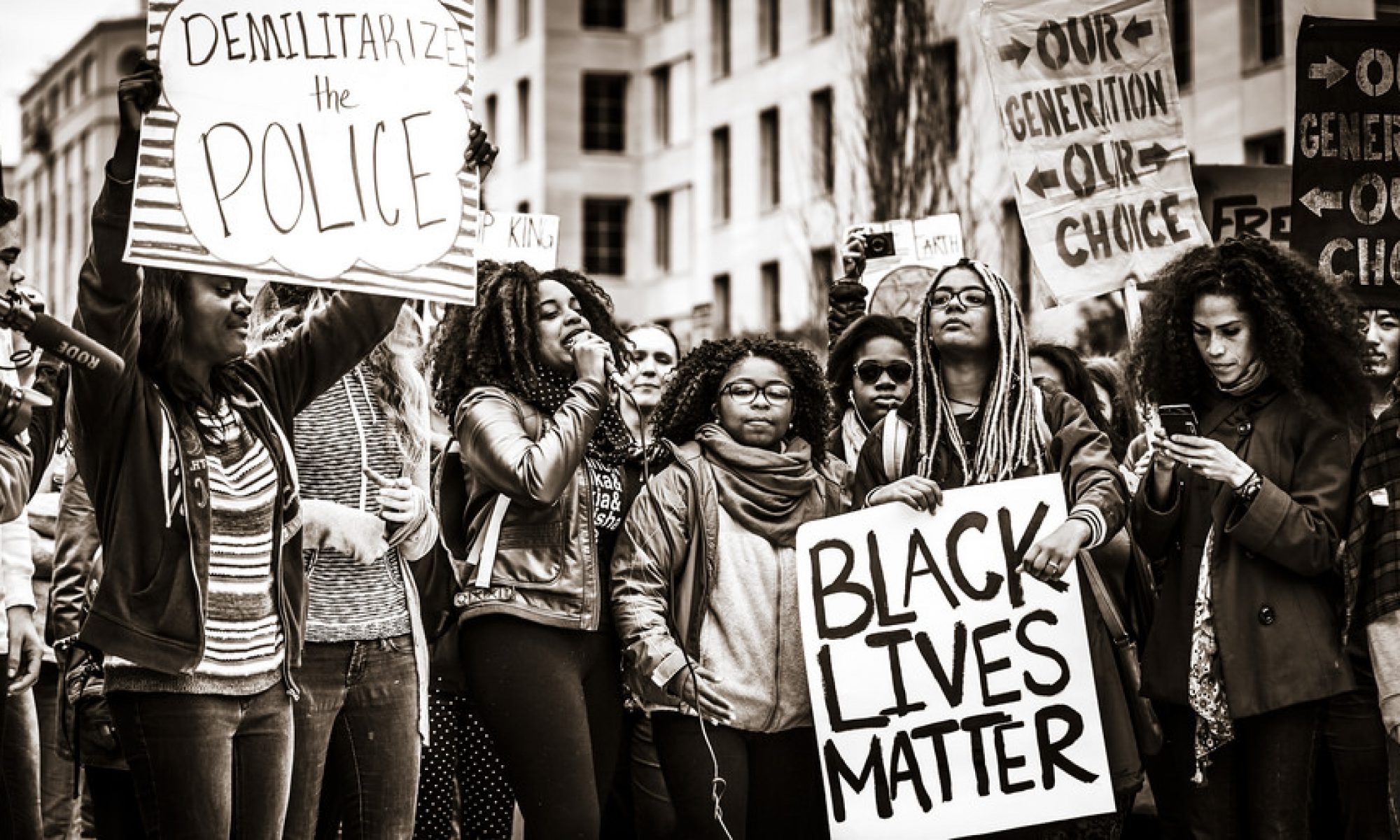The article “Bronx Slave Market” by Ella Baker and Marvel Cooke in The Crisis, the NAACP’s magazine has played a critical role in mobilizing black workers, civil rights leaders, and radical activists. This afternoon, we’ve been discussing the experiences and labor organizing of black women domestics as represented in a variety of organizations, including National Domestics Workers of America led by Dorothy Bolden, Geraldine Roberts’s Domestic Workers of America, the National Committee on Household Employment, and the Household Technicians of America.
